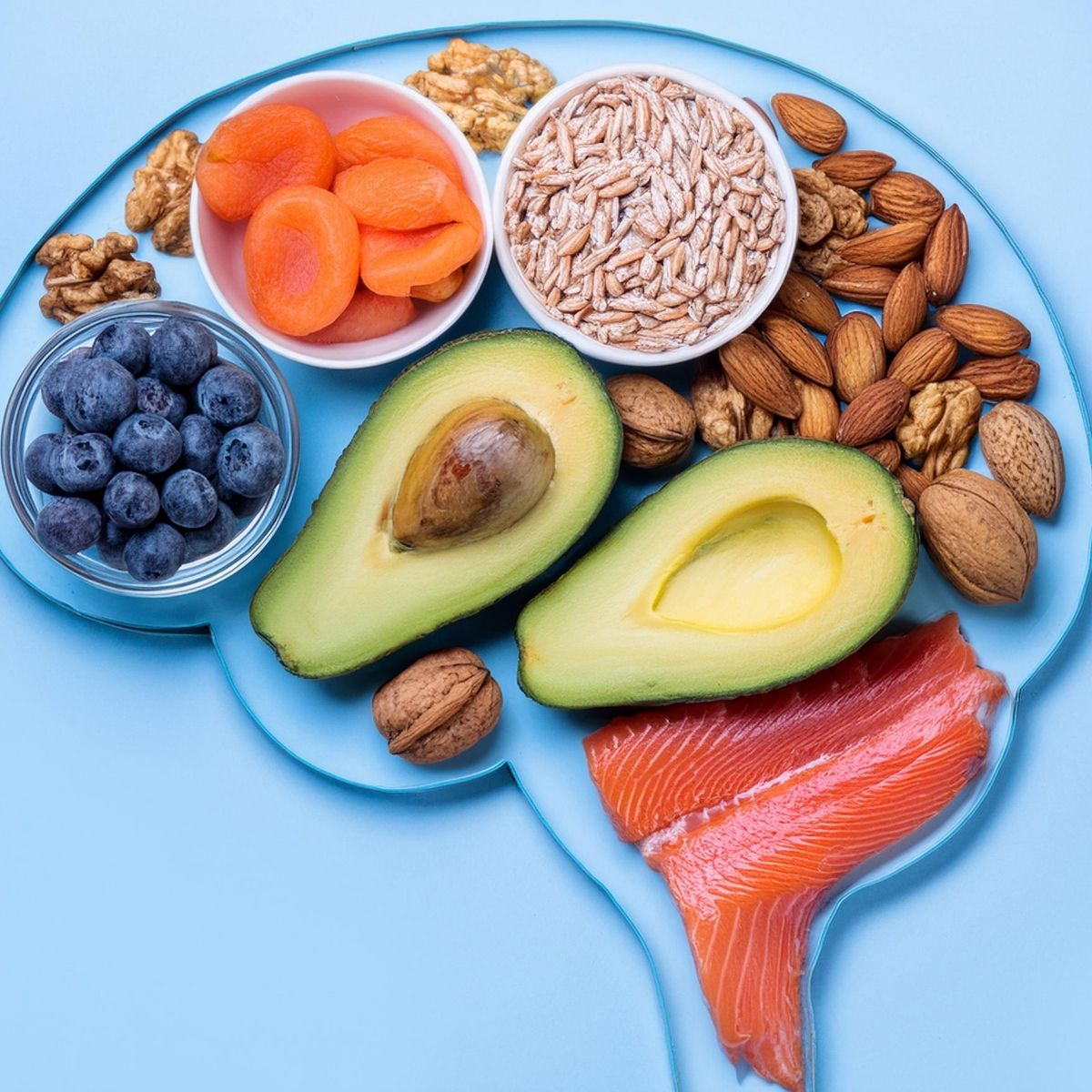Carb-Counting During the Holidays with Type 2 Diabetes
Written by: Corinna Cornejo
5 minute read
December 17, 2021
Your guide to carb-counting during the holidays with type 2 diabetes is here! Enjoy the holiday with less worry and more fun.
The holidays are upon us. They bring a break in our normal routine. We gather with friends, family and colleagues to celebrate. Celebrations usually include foods rich in memories, tradition, flavor—and carbohydrates.
As the saying goes, diabetes never takes a holiday. So even as we come together and share some cheer, we still have to stay mindful of managing our blood glucose levels.
Why pay attention to carb counts during the holidays?
Carb-counting is a cornerstone in diabetes self-care and blood sugar management. This is especially true for people who take mealtime insulin based on the number of grams of carbohydrates you’re about to eat—also referred to as “bolus insulin.” (Read more about using insulin here.)
Carbohydrates are a macronutrient and part of a healthy diet. Your body converts carbohydrates to glucose, which it uses for energy. However, if you eat more carbohydrates than your body needs or can handle at one time, your blood sugar levels will rise. Eating a carb-heavy meal (think pasta, bread, desserts, or sweet drinks) and your blood sugars may rise above your goal range.
Carb-counting often comes with certain goals or limits you may have for the total number of grams of carbohydrate you want to eat per meal or snack. Your carbohydrate goals are personalized to you based on your age, activity level, health goals, preferences and diabetes regimen. What’s the most common way to track carb counts?
There are three common ways to keep track of carb counts in the foods you eat.
Tally the total number of grams of carbohydrates consumed. This approach requires knowing the serving size and carb counts for each food you eat or drink. It takes time to learn how many carb grams are in the foods you eat. Referring to a nutritional database or using an app like My Fitness Pal or Figwee can be helpful for looking up specific foods.
Track carb choices. In this approach, you have a total number of carb choices allotted for the day. Each carb choice equals 15 grams of carbohydrate. It can be easier to track carb choices because of the focus on the serving size of the food item. For example, one 6-inch tortilla is counted as one carb choice because it’s about 15 grams of carbohydrate. Some people find this approach easier because you’re counting, for example, up to six or seven “choices” instead of tracking every individual gram of carbohydrate.
Apply the Diabetes Plate Method. Using a 9-inch dinner plate, mentally divide it into half and fill one side with non-starchy vegetables. These include greens, peppers, mushrooms and squash. Divide the other side in half, filling one-quarter of the plate with lean protein and one-quarter with carbohydrate foods (i.e., starch). While the Plate Method doesn’t actually translate into a specific count of the carbs on your plate, it gives you a template for putting together a meal well-balanced in macronutrients (i.e., protein, carbohydrate and fat). And it gives you a consistent way to construct your meals so the effect on your blood glucose levels is more predictable.
What if I can’t find the carb counts for my favorite holiday foods?
Where carb-counting falls apart for a lot of people is when you cannot find specific carb counts in a nutritional chart for the food you’re eating, especially holiday foods. Whether these foods are outside the standard American diet, like pozole, or your family’s favorite version of a common dish—just what does aunty put in her green bean casserole to make it so tasty? If you cannot find a reliable carb count source, you can be left not knowing how it will impact your blood sugar.
I spoke with nutritionist Constance Brown-Riggs, RD, CDCES and author of Diabetes Guide to Enjoying Foods of the World to get some real-world tips on how to approach carb-counting, especially during the holidays and celebrations. She shared several strategies for tracking the carbs you eat.
Don’t look for perfection; look for progress. Constance’s first piece of advice is to accept that perfection is not possible. By adopting this mindset you avoid setting yourself up for feelings of failure. Also, it makes it possible for you to take a long-term view of managing life with diabetes without feeling like you’ve removed all the guardrails.
Have a plan before you get to the celebration or event. Decide before you get there. That plan can be whatever feels right for your approach to managing your diabetes. It can be “Today, I won’t eat any of the things” or “I will have a taste of all of the things” or “I will only eat the things that are special to me.” By deciding upfront you avoid a lot of the anxiety and overwhelm that can happen at an event. You’ve made a conscious choice.
When faced with unfamiliar food make your best carb count guesstimate. Figure out the ingredients in the dish and then estimate how many carbohydrates are likely in it. For example, when looking at a casserole is it mostly vegetables or a starch like rice or pasta? More starch means more carbs and maybe a smaller portion or skipping it altogether. If you’re unsure about what is in a dish, ask your host about the ingredients. Talking about dietary restrictions is common these days, so hosts tend to be used to these kinds of questions.
Remember that a holiday or celebration is one day out of many. One meal doesn’t negate the other 20 meals you ate over the week. When this day is done, it’s done. One celebratory month doesn’t wipe out the other 11 months of the year. You can choose what’s right for you then plan accordingly.
But perhaps the best piece of advice Constance has for all of us is this: “Don’t let diabetes take the sweetness out of life.”
This content on diabetes management was made possible with support from Insulet. Beyond Type 2 maintains full editorial control of all content published on our platforms.

Author
Corinna Cornejo
Corinna Cornejo is a content writer and patient advocate living with type 2 diabetes. Because she had many of the classic risk factors (overweight and sedentary, close family members with diabetes, Latina and middle-aged) she wasn't surprised by her diabetes diagnosis. Since then she's focused much of her writing on helping people become better informed about their health and healthcare and understanding that living with diabetes doesn't mean giving up who you are.
Related Resources

Physical activity plays a crucial role in managing diabetes, and walking is an easy, effective...
Read more

The biggest barbecue day of the year is the 4th of July! Celebrating the 4th...
Read more

Hypoglycemia and severe hypoglycemia are two things against which all people with diabetes should be...
Read more

